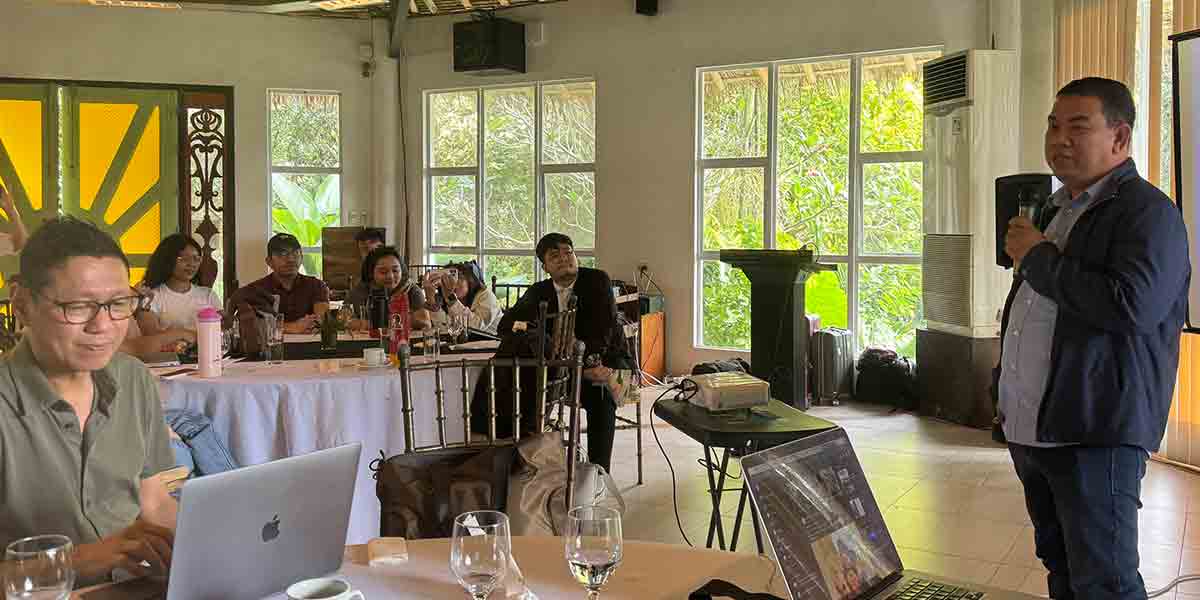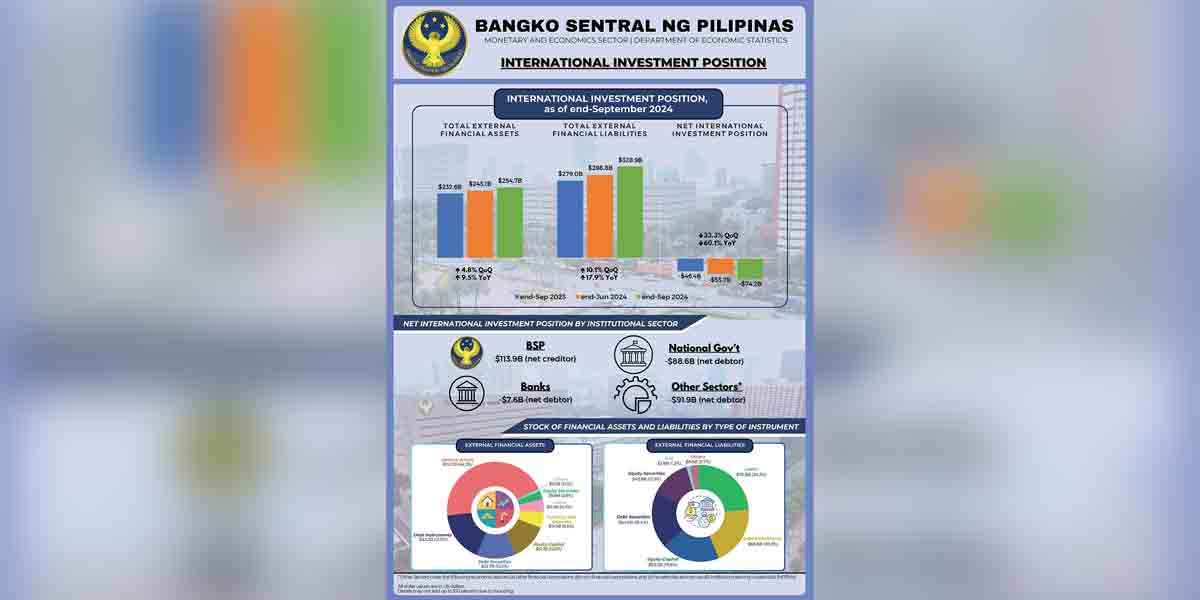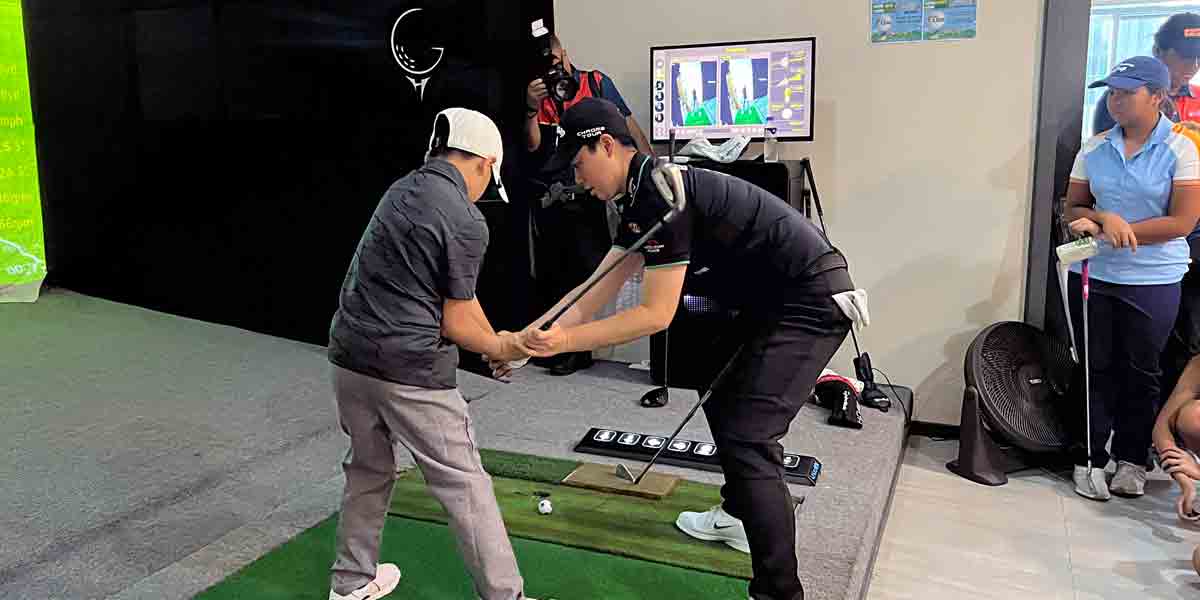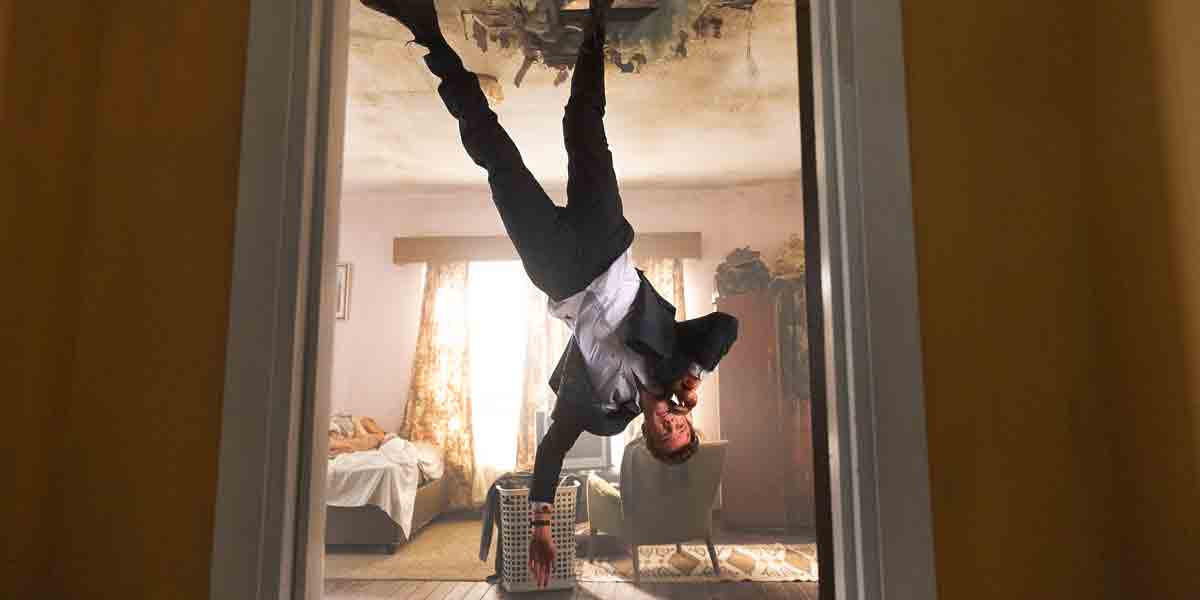By James Jimenez
After having focused on the public-facing side of automated elections since 2010, I transitioned in 2022, to being more deeply involved in a side of the elections I’d never really delved into at great depth before: the Random Manual Audit – and it was an eye-opener.
Working on the voter education side of things, the tendency really is to measure your efficacy by the fact that people know how to vote by filling up the little ovals on the ballots. And with voter turn-outs in the mid to high 70’s, with relatively few ballots uncounted because of wrongly accomplished ballots, it was always self-evident that the voter education worked. But with the Random Manual Audit (RMA), despite proof of the excellent accuracy and reliability of the voter counting machines, I had to confront examples of where the voter either didn’t know the proper way of filling up the ballot or simply didn’t care enough about voting properly that they were okay to do a sloppy job of it. Either way, for these people at least, voter education clearly fell short of either, or both, of its twin goals – to teach people the proper way of filling out the ballot and teaching them the value of each individual vote.
Which was why participating in the Random Manual Audit was fairly difficult for me. It was uncomfortable being constantly reminded by the ongoing audit that much remains to be done in terms of voter education; that despite the efforts at teaching voters since 2009, the end is still nowhere in sight.
In defense of voter education, that’s not really a surprise.
With the list of electors constantly growing as new voters step up and register, there was always going to be a new batch of people who needed instruction on how to shade the ovals. The disappointing thing is that we still haven’t reached that critical mass of voters we need to ensure that the knowledge of how to vote properly gets organically passed on to succeeding waves of new voters. Like how new car owners now know without really needing to be told, that they should use seat belts.
Instead, we still have people making dots in the very center of the oval they need to fill in completely; we have people leaving the ovals blank and instead encircling them; we also have people underlining the names of the candidates they want to vote for, and more. This, despite clear instructions on the ballot itself.
It is now 2025 and I truly expect that we will be encountering the same ballot-use behaviors as before. Clearly, having printed instructions on the ballot isn’t going to be effective for everyone. People still burn themselves on steaming hot coffee, even when printed warnings are all over the cup, right? And so that’s the challenge moving forward; a need highlighted by the post-elections random manual audit.
While conventional voter education does work, there must be a different approach for teaching voters how to fill up the ballots correctly in order to minimize the chances of those ballots being misread or outright rejected by the counting machines. I have tremendous faith in the current crop of voter educators, both within and outside of the Commission on Elections, that they will be able to spot this problem and respond to it in time, but if I might offer a bit of unsolicited advice –
First, address all the conspiracy theories and misconceptions related to the ballots. Fear of these speculative scenarios – pre-shaded ballots, ballots with invisible ink, and ballot tampering schemes – is the most common reason for people to do all sorts of things with their ballots beyond just voting. Afraid of “coloring outside the lines,” some people just put a dot in the middle of the oval – ensuring that the vote really doesn’t get counted. And one particularly risky strategy I’ve seen was to black out huge swaths of the ballot, trying to stymie any attempt to add more marks to the ballot, presumably to avoid an overvote which would invalidate the votes for the overvoted position (not the entire ballot, which is a myth all its own). In so doing, they often accidentally shade more than one oval, leading to uncountable overvotes anyway. Tragically, in 2022, this wrong-headed notion was actually being propagated by politicians and candidates themselves.
Coming in a close second to fear as a reason for messing up the ballots, is unfamiliarity with how the ballot looks, and a general lack of information about how to use it properly. To address this, the solution is simple and straightforward: make more sample ballots available. No, not the whole kilometric ballot. Voter educators would be well served by making smaller-sized sample ballots that show the basic features of a real ballot, as well as providing ample opportunity for people to practice their ballot shading skills. With any sort of luck, this will address all those heartbreaking instances where voters handle their ballots carelessly only to find out they don’t a second chance at voting.
And finally, I humbly recommend more public demonstrations of the ballot shading process – as much or perhaps even more than demonstrations of the ACMs in operation. A voter interacts with the ACM for only a very limited amount and they don’t get to do much with it anyway. And besides, there’s a poll worker on hand to provide assistance with the ACMs. Not so with the ballot. The voter is left alone with the ballot for as long as it takes him to fill it out. The voter, therefore, has more unsupervised and unassisted time with the ballot, and consequently has a greater chance of making mistakes.

















